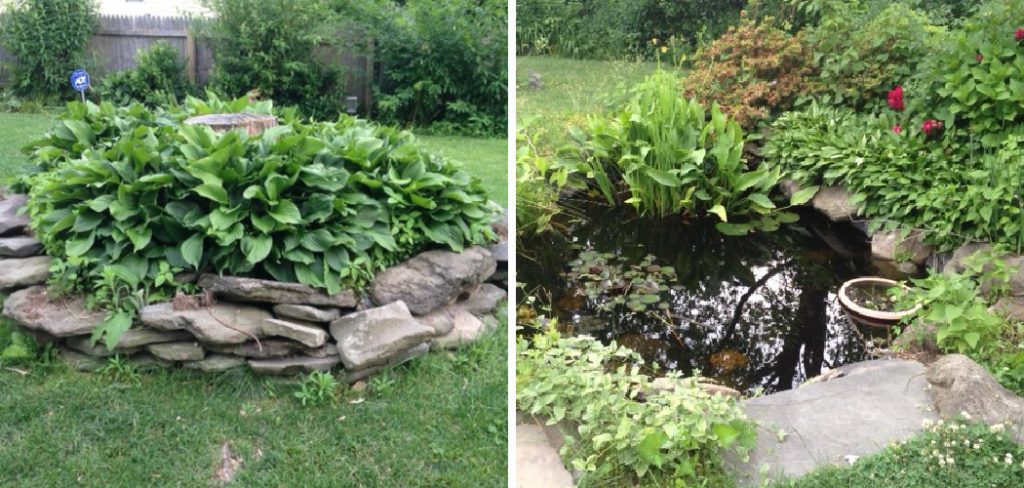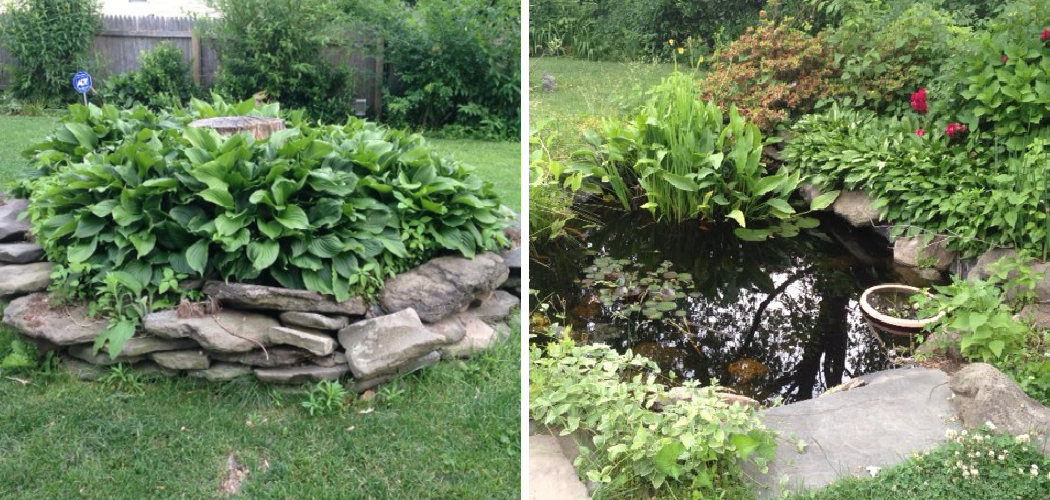To fill a pond, follow these steps: (1) Use a hose or filling container to add water slowly, (2) Monitor water level regularly to avoid overflowing. The process of filling a pond starts by slowly adding water either with a hose or filling container, while being careful not to overflow the pond.

Introducing water to a pond can be an exciting task, whether it’s a newly constructed pond or an existing one in need of replenishment. However, it is important to approach this process with careful attention and precision to ensure the pond is filled properly.
By following a few simple steps, you can successfully fill your pond and create a vibrant aquatic environment. We will explore the methods and tips for filling a pond, allowing you to enjoy a thriving ecosystem in your own backyard.
How to Fill a Pond : Step by Step Guide
Choosing The Right Method
When filling a pond, it is important to choose the right method that suits the size and type of the pond. Assessing the pond size and type will help in determining the most suitable way to fill it up.
For smaller ponds, using a hose connected to a water source is a common and convenient method. This allows for controlled filling and ensures that the pond gets the right amount of water. Larger ponds may require the use of a pump or a water truck to efficiently fill them up.
Another aspect to consider is the water source. It is essential to determine where the water will be sourced from. This can include options like a well, a nearby river or stream, or even harvested rainwater. The source of water should be chosen based on its availability and quality.
Preparing The Pond For Filling
Before filling your pond, it’s important to ensure that the area surrounding it is clear of any obstructions or debris. This will prevent any potential damage to the pond liner or water quality.
Start by carefully checking the area for potential leaks or damages. Inspect the pond liner, if you have one, for any signs of tears or punctures. If you notice any issues, make the necessary repairs before proceeding.
Next, remove any debris such as fallen leaves, branches, or stones from the area. These elements can not only affect the aesthetics of the pond but can also disrupt water flow and system functionality.
Additionally, ensure that there are no obstructions obstructing the water flow into the pond. This includes removing any vegetation or barriers that may hinder the filling process.
By taking these necessary steps to clear the area around your pond, you can ensure a smooth and successful filling process with minimal risk of damage or contamination. Keep the surrounding area well-maintained to enjoy a beautiful and healthy pond environment.
Filling The Pond
To fill a pond, there are several methods you can use. One option is to collect rainwater which is a natural and sustainable source. Redirecting stream or river water is another alternative, but it may require proper permits and legal permission. Utilizing groundwater sources is yet another way to fill the pond, although this method depends on the availability of groundwater in your area. Alternatively, you can use tap water, but it needs to be treated first to remove chlorine and adjust pH levels for the well-being of fish and plants.
Monitoring chlorine and pH levels is crucial to ensure a healthy pond environment. When using the tap water method, it’s essential to avoid overfilling and be aware of any limitations your pond may have in terms of water capacity. If none of these methods are feasible, you can opt for truck delivery, but it’s important to find a reliable water delivery service. Calculate the exact amount of water needed based on your pond’s measurements and ensure proper delivery and dispersion for an effective fill.
Credit: gardening.stackexchange.com
Monitoring And Maintaining Water Levels
Regularly checking the water level of your pond is an essential part of monitoring and maintaining its overall health. By keeping an eye on the water level, you’ll be able to identify any potential issues early on and take appropriate action. Preventing evaporation and leakage is crucial in ensuring a consistent water level. You can achieve this by adding a pond cover or installing a proper drainage system.
Should you notice a drop in the water level, it’s important to investigate and identify the cause. Adjusting the water levels as needed can involve adding water from a hose or using a pump to remove excess water. Remember to be mindful of environmental considerations when adjusting water levels and choose sustainable methods. By regularly monitoring and maintaining the water levels of your pond, you’ll promote a healthy aquatic environment for your plants and fish.
Frequently Asked Questions Of How To Fill A Pond
How Do You Fill An Empty Pond?
To fill an empty pond, simply add water to it until it reaches the desired level. Consider using a garden hose or other water source to gradually fill the pond. Monitor the water level regularly and make adjustments as needed.
How Long Does It Take For A 1 Acre Pond To Fill Up?
It typically takes about 1-2 weeks for a 1 acre pond to fill up, depending on factors such as rainfall, water sources, and drainage.
Is It Expensive To Fill In A Pond?
Filling in a pond can be expensive, as it requires a variety of materials and equipment. Costs depend on the size of the pond and the complexity of the project. Proper planning and budgeting are essential to ensure you have an accurate estimate of the expenses involved.
What Is The Best Water To Fill A Pond?
The best water to fill a pond depends on its purpose. For a decorative pond, tap water treated with a dechlorinator is commonly used. For fish ponds, using well water or rainwater is recommended. It’s essential to maintain water quality through regular testing and necessary treatments.
Conclusion
Filling a pond requires careful planning and the right techniques. By considering factors such as water source, pond size, and weather conditions, you can successfully fill your pond and create a thriving ecosystem. Remember to regularly monitor the water level and make adjustments as needed.
With proper care and maintenance, your pond will provide beauty and enjoyment for years to come. Happy pond filling!

